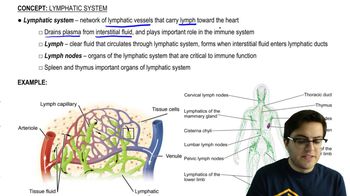Textbook Question
If blood were supplied to all of the body's capillaries at one time,
a. Blood pressure would fall dramatically.
b. Resistance to blood flow would increase.
c. Blood would move too rapidly through the capillaries.
d. The amount of blood returning to the heart would increase.
1192
views






